Germany is one of the pioneers in recycling in the EU. But in order to stem global resource loss and climate change, there is, as everywhere in Europe, a need to catch up on other issues, such as recycling-friendly product design or material efficiency. KfW expert Anke Brüggemann sums up how the transition to a circular economy can be achieved.
About the author

Anke Brüggemann works as Principal Economist in KfW’s Research Department where she is responsible for the topics of energy transition and environmental protection.
The unabated growth of global resource consumption is the main cause of global climate change and biodiversity loss. At the same time, competition for scarce resources is intensifying. In the face of these challenges, the shift to a circular economy is expected to help make economic management sustainable and competitive.
The aim is to design entire production systems in the form of closed-loop cycles that minimise waste and emissions as well as material and energy losses. This requires extensive measures all along the value chain.
In December 2015 the EU Commission published its ‘EU Action Plan for the Circular Economy’, which aims to promote the transition of the EU to a more circular economy.
Europe has only just embarked on a long-term process, as following figure illustrates: In 2016 an average of just 12% of the material used in the EU came from recycled products and reclaimed materials.
Further information
Read the detailed version of Anke Brüggemann’s article at full length.
Learn moreWith respect to the waste management side of the circular economy, Germany is one of the recycling pioneer states within the EU. But in regard to waste avoidance, product durability, recycling-friendly product design and material efficiency, Germany still has great development potential – as does all of Europe.
Read more under the infographic.
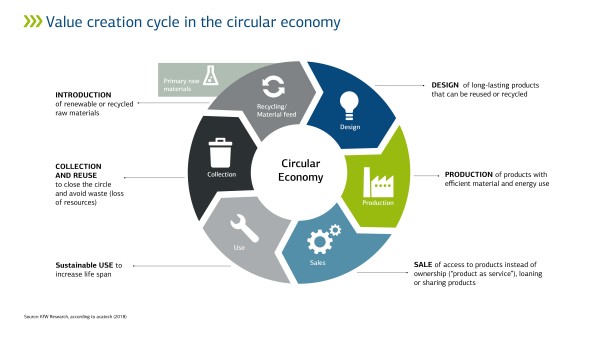
*Downcycling ...
... refers to waste recycling in which the recycled material is of lesser quality or less workable than the original material. This is often due to the accumulation of foreign elements in the secondary materials which prevents them from being used in high-quality applications.
The transition to a circular economy will not happen by itself. Significant obstacles include increased costs of high-quality recycling compared with other disposal options such as waste incineration or downcycling*, lower prices of primary materials, and hitherto insufficient demand for recycling products. Implementing a circular economy therefore requires a clear regulatory framework and economic incentives.
The EU has provided important impetus with its action plan. But decoupling value creation from the use of newly extracted materials on a broad scale will require further steps. Chief among them are further measures that improve the quality of recycling products and more effectively address the issue of waste avoidance. What is also important for successful implementation is that all stakeholders of the value creation cycle take responsibility and cooperate with each other – from the product designer and manufacturer through retailers and consumers to recycling companies.
Published on KfW Stories: Thursday, 19 July 2019

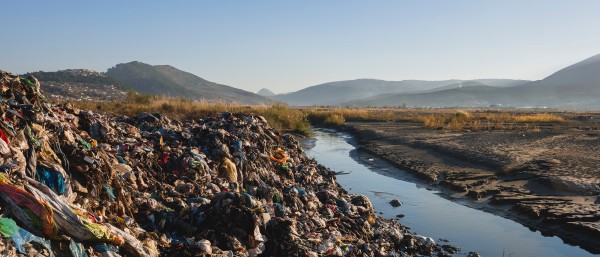

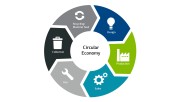
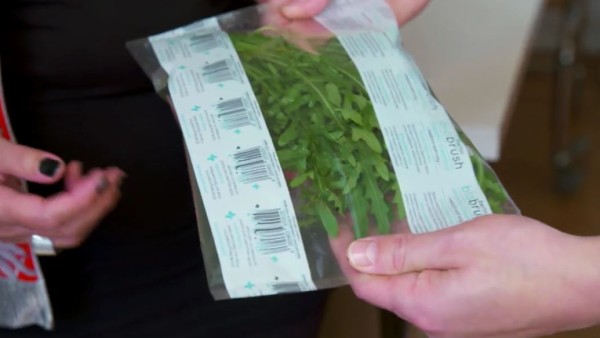
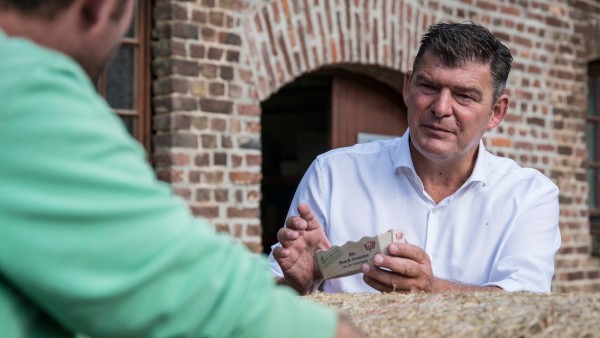
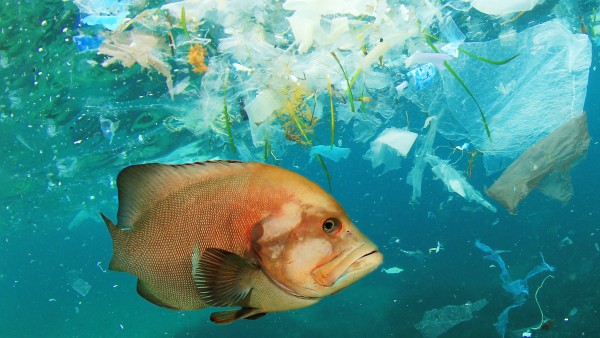
Data protection principles
If you click on one of the following icons, your data will be sent to the corresponding social network.
Privacy information